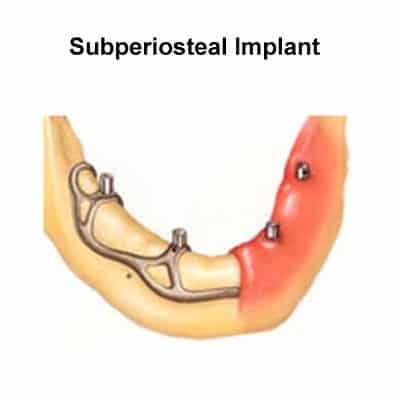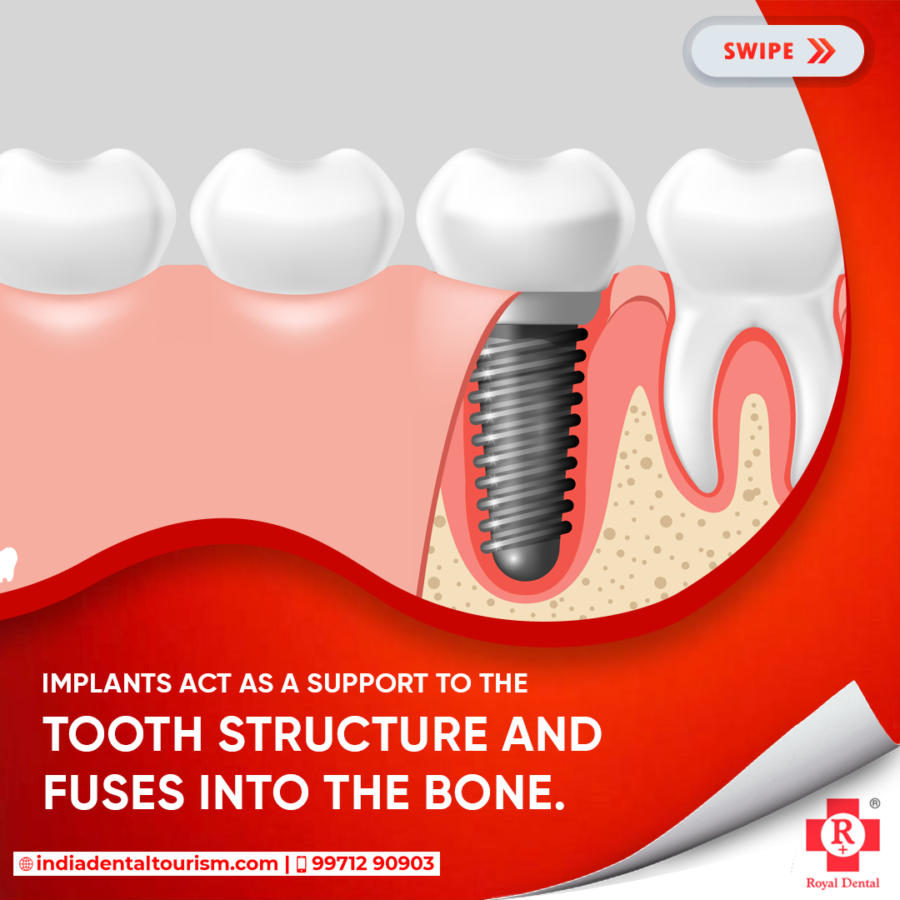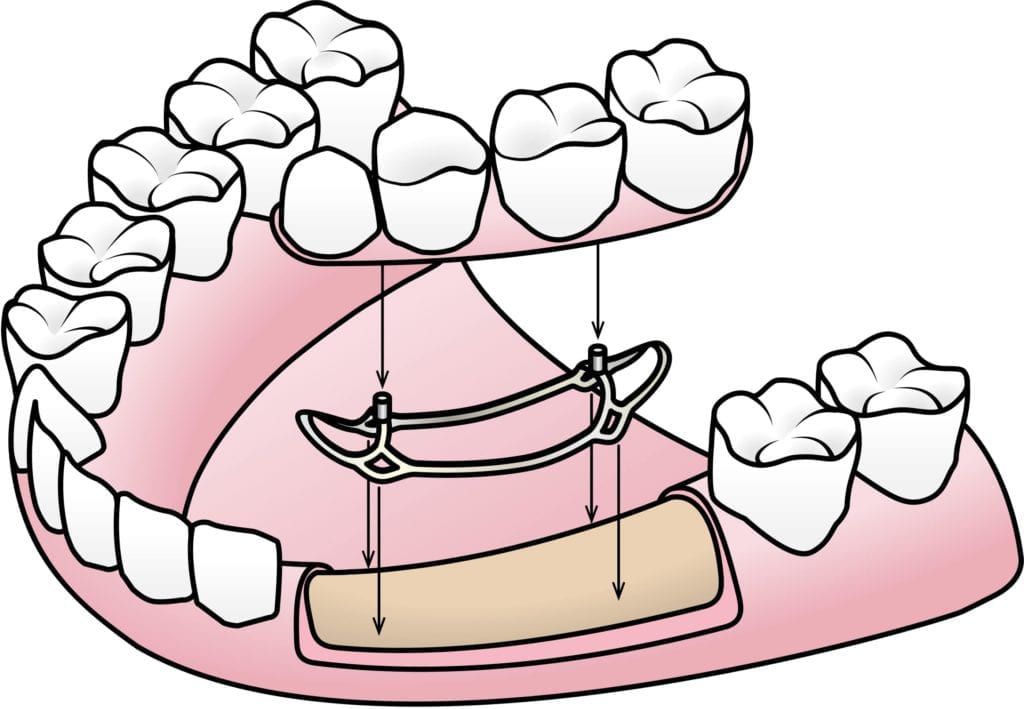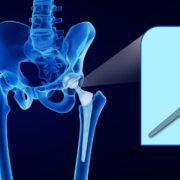A subperiosteal dental implant procedure is an alternative to the traditional way of placing implants. It involves creating a small surgical opening on the bone, putting in an implant and closing the area again. This dental implant procedure is done in two steps:
In the first step, a tiny incision is made on the bone, and then in the second step, closed again using sutures or clips. This makes placing a dental implant easier for surgeons because they no longer need to cut open a large area. Additionally, there are fewer visible scars after this procedure. This article explains everything you need to know about subperiosteal dental implants and how they are different from traditional implants.
What is a Subperiosteal Dental Implant?
It is a type of dental implant placed within the patient’s own bone. This differs from a conventional implant, which is placed into the patient’s gum tissue to stabilize a dental appliance. The bone-gum line is the area where bone and gum tissue meet. Traditional implants are placed in the gum tissue, whereas subperiosteal are placed below the bone, but inside the gum tissue. This means the latter implant cannot be used to support a dental crown or a dental bridge.

When a subperiosteal dental implant is placed, a small hole is made in the bone, and the implant is put inside it. The hole is filled with bone grafting material to promote new bone growth and help hold the implant in place. The gum tissue is sutured to the implant and the surrounding bone to further stabilize it.
How is the implant placed?
The subperiosteal dental implant procedure is done using a tiny incision, with or without the use of anaesthesia. First, the gum tissue is cut open to expose the bone. The surgeon then makes a small hole in the bone to place the implant. Once the implant is placed, the hole is covered with gum tissue to form a seal. There are two ways to place a subperiosteal dental implant – through drilling or by using a special device.
Benefits of Subperiosteal Implant Procedure
The primary benefit of the subperiosteal dental implant procedure is the reduced incision size. This means less visible scarring and a faster healing process. This makes it a good option for those who want to get dental implants but don’t want a long-term scar on their gums. The subperiosteal implant procedure is also less painful than the traditional implant because you don’t have to cut as much tissue. The subperiosteal dental implant procedure is also better suited for patients who have a weakened jaw bone and poor bone quality, as it doesn’t stress the bone as much as the traditional does.

Drawbacks of this Dental Implant Procedure
The subperiosteal dental implant procedure is more expensive than the traditional procedure because it requires expensive tools and a longer surgery time. The subperiosteal dental implant procedure is also less predictable than the traditional dental implant procedure. This is because the final position of the implant is not known until the end of the surgery, when the hole actually made in the bone. Those who get subperiosteal dental implants may not be able to have a dental bridge or dentures because the gum tissue is not exposed.
Which is better for you?
The subperiosteal dental implant procedure is best for patients who want to avoid visible scarring and have good bone quantity and quality. Those who have poor bone quality or thin gum tissue may not be good candidates for the subperiosteal implant procedure. The traditional procedure is also a good option for patients who have good bone quality, but it is not suitable for those who have poor bone quantity or thin gum tissue. This is because a larger incision is required to place the dental implant.
Conclusion
The subperiosteal dental implant procedure is an alternative to the traditional implant procedure. It involves placing dental implants within the gum tissue below the bone. The subperiosteal dental implant procedure is more expensive and requires more skill than the traditional one. It is also less predictable and is not suitable for patients who have poor bone quality or thin gum tissue. The subperiosteal dental implant procedure is best for patients who want a less visible scar and good bone quantity and quality.







this is royal dental clinic is very very good